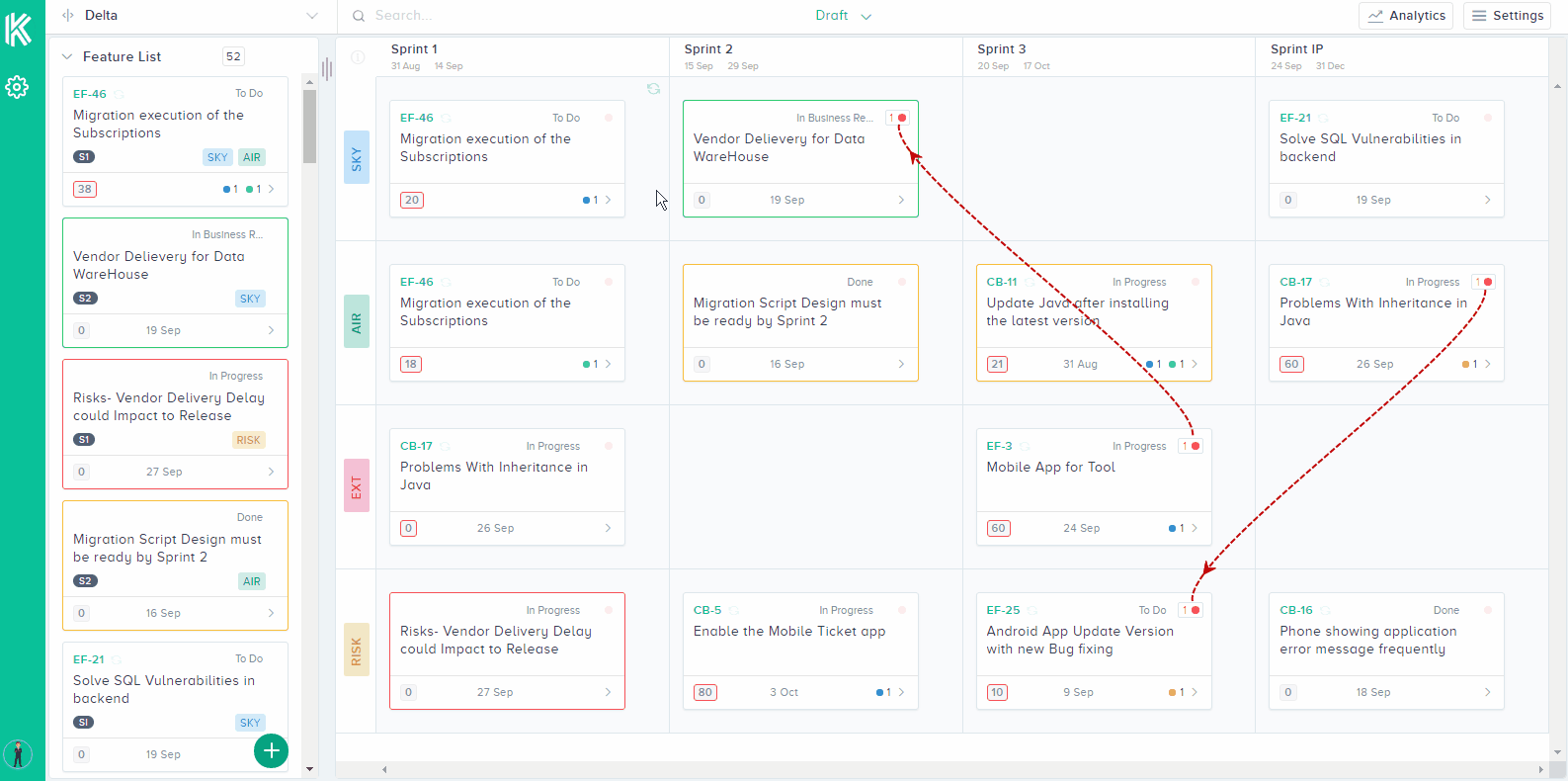When creating a project, encountering risks is inevitable. With growing technologies and newly evolving working methodologies, risk management has become extremely important. Risks need to be identified and mitigated properly or they can gravely harm your progress. These risks need to be addressed with utmost clarity and transparency. Today, many companies focus on removing these risks as early as possible. A very effective technique that can help you do this is with Quantitative Risk Assessment.
What is Quantitative Risk Assessment?
Quantitative Risk Assessment (QRA) is finding, assessing and analyzing the risks. With this useful technique you are able to predict precisely in a quantifiable way how the risk will affect your work’s progress. The results generated from this method are made after keeping a variety of assumptions and constraints in mind thus ensuring the validity of the results made. It helps to make cost effective decisions and manages the risks for the project. This helps identify preventive measures thereby reducing the likelihood of affecting the company and its team members.
How is Quantitative Risk Assessment Done?
The risks are identified and recorded into a list. From this list, risks need to be prioritized and then fed into a Risk Register. These risks are then ranked according to their level of severity and impact by using probability distributions to calculate the risk’s impact and probability. It also utilizes constraints like schedule, cost estimates and other resources.
Advantages of Quantitative Risk Assessment
Below you will find a comprehensive list of benefits that you get with QRA.
It helps identifying potential:
- Hazards that you may face in every phase of your project’s creation
- Economic losses
- Accidental scenarios and their consequences
- Damage to the basic functionality of the system
- Effects of uncertainties and assumptions
- Control strategies
- Measures that need to be adopted to reduce risk levels
- So that it can reduce their negative impacts and thus increase outcome.
- Estimates of the likelihood of meeting targets.
- Contingency which needs to be communicated to achieve the desired level of comfort.
About Kendis
Digital boards to manage dependencies, multiple teams and program increments for scaling agile initiatives. Kendis works on top of JIRA and other agile tools, your teams can keep on working with their existing JIRA boards and program level and above is planned and managed at Kendis.
Try out 10 days free trial or book a demo with our product expert.










